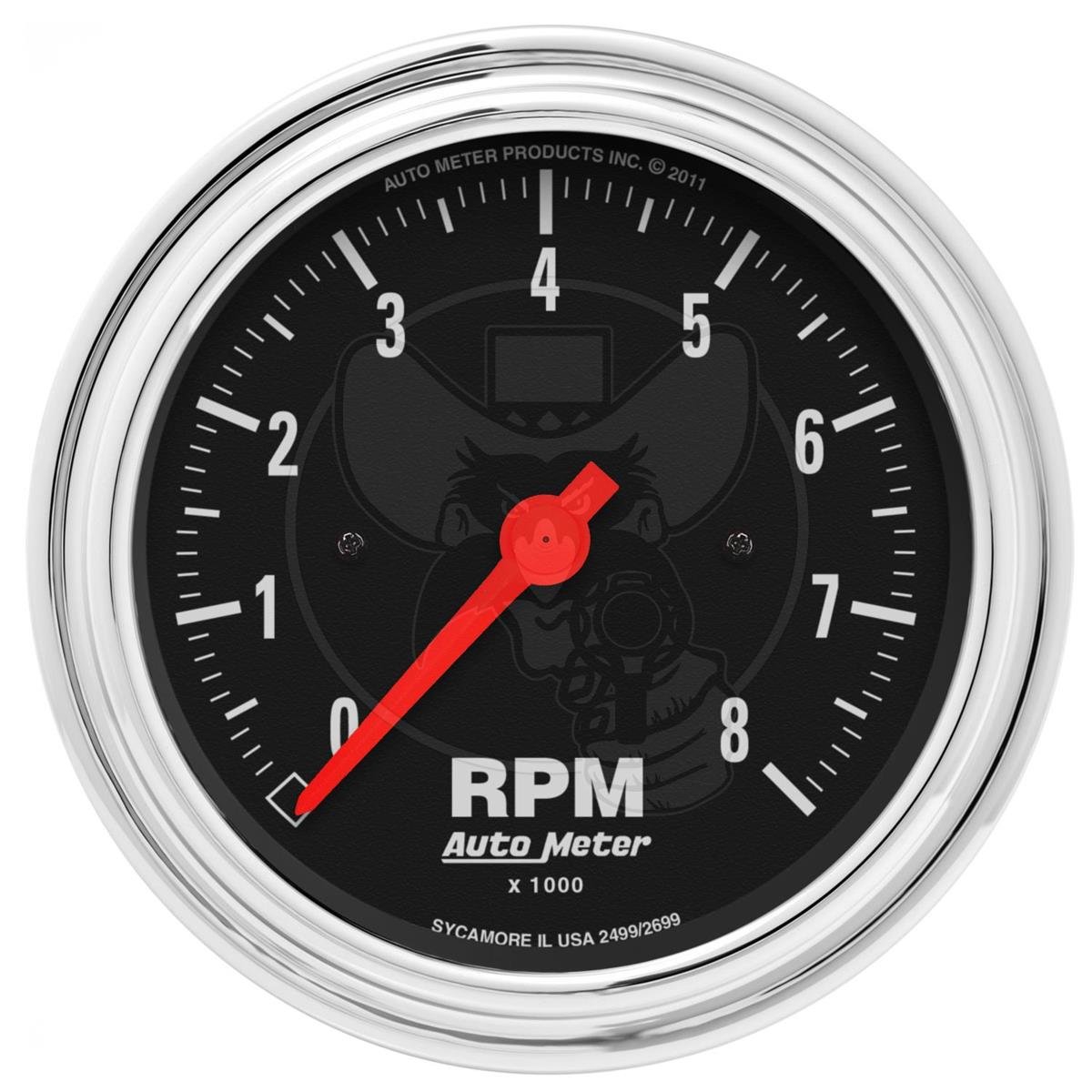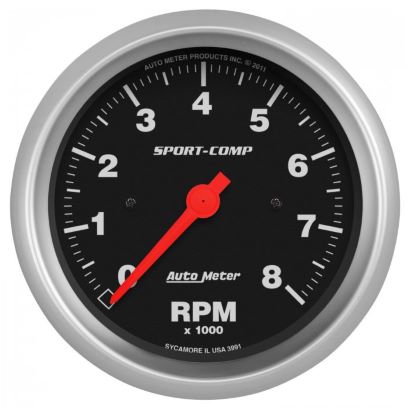Discover How a Tachometer Can Boost Your Vehicle's Performance
Discover How a Tachometer Can Boost Your Vehicle's Performance
Blog Article
The Relevance of a Tachometer in Keeping Track Of Engine Rate and Performance in Automotive Applications
In the world of automotive engineering, the tachometer stands as a crucial instrument in the vehicle driver's arsenal, supplying a direct window right into the inner functions of a lorry's engine. Beyond its function as a plain gauge of transformations per min (RPM), the tachometer acts as a vital device for enthusiasts and experts alike, supplying real-time insights right into engine efficiency and health. Comprehending the value of this device surpasses surface-level monitorings, diving right into the intricate connection between engine rate, power result, and overall driving experience. As we explore the diverse function of the tachometer in auto applications, a deeper gratitude for its influence on automobile characteristics and efficiency begins to emerge.
Value of Checking Engine RPM
Keeping track of engine RPM, or revolutions per min, is an essential facet of automobile maintenance and efficiency examination. Engine RPM directly associates with the speed at which the engine's crankshaft rotates, indicating just how rapidly the engine is running - tachometer. By keeping track of RPM, mechanics can examine the wellness of the engine, identify possible problems, and fine-tune efficiency. An irregular RPM analysis may signal troubles such as engine misfires, defective ignition system, or issues with the fuel delivery system. Regularly high RPM analyses can indicate hostile driving behaviors or the requirement for a higher equipment shift to boost fuel efficiency.
Furthermore, checking engine RPM is important for efficiency assessment in racing and high-performance automobiles. Maintaining ideal RPM levels is important for accomplishing peak power output and acceleration. Racers commonly make use of tachometers to guarantee they are running within the optimal RPM variety for maximum performance. In recap, monitoring engine RPM is not just vital for spotting problems but also for optimizing engine performance in different automotive applications.

Advantages of Real-Time Information
In auto applications, real-time data plays an essential role in offering instant understandings right into the performance and condition of the car. By continuously checking numerous specifications such as engine rate, temperature level, fuel intake, and more, real-time information supplies numerous advantages that add to improved efficiency and safety when driving.
Additionally, real-time information promotes performance optimization by offering immediate comments on driving routines and engine effectiveness. Vehicle drivers can change their habits in real-time based on this great post to read info to accomplish much better fuel economy and extend the lifespan of their lorry.

In addition, real-time data plays a crucial role in modern-day automobile diagnostics, allowing professionals to promptly identify and deal with breakdowns. This results in reduced downtime, reduced maintenance prices, and eventually, improved general vehicle integrity and durability (tachometer). By harnessing the power of real-time information, automobile stakeholders can make educated choices that positively impact both the efficiency and longevity of the vehicle
Influence On Gear Shifts
The tachometer plays an important function in optimizing equipment shifts by supplying real-time engine rate information to the driver. When coming close to the redline on the tachometer, it signifies the motorist to upshift to protect against over-revving the engine and causing potential damages.
In addition, the tachometer help in accomplishing smoother gear transitions, specifically in manual transmissions. By keeping track of engine speed, drivers can implement equipment shifts at the optimal RPM array, minimizing snagging movements and minimizing endure the transmission elements. This precision in gear adjustments not only enhances driving convenience yet likewise adds to fuel effectiveness.
Enhancing Gas Efficiency
Provided the essential duty the tachometer plays in enhancing equipment changes for efficiency and engine health and wellness, it directly adds to taking full advantage of gas performance in vehicle applications. By supplying real-time responses on his explanation engine speed, the tachometer assists vehicle drivers in preserving one of the most effective RPM array for fuel economy. When motorists consistently check the tachometer and adjust their motoring habits as necessary, they can avoid unneeded gas consumption brought on by over-revving or lugging the engine.
In addition, the tachometer helps motorists identify the most fuel-efficient equipment to be in at any given minute, preventing the engine from working tougher than necessary. This is especially crucial during velocity and travelling, where being in the best why not try this out equipment can significantly affect gas performance. Additionally, the tachometer can notify vehicle drivers to potential mechanical issues that might be adversely influencing fuel economy, such as a slipping clutch or a stopped up air filter. Finally, the tachometer functions as an important tool in improving gas performance by advertising optimum driving habits and identifying areas for enhancement in the automobile's efficiency.

Making The Most Of Engine Longevity
The tachometer's duty in keeping track of engine rate and performance is critical in guaranteeing the long life of automotive engines. Checking the tachometer allows drivers to remain within the advised RPM variety for their lorry, avoiding unneeded strain on the engine and prolonging its life-span.

Conclusion
In verdict, the tachometer plays a vital role in keeping an eye on engine speed and efficiency in automotive applications. By supplying real-time data on RPM, it enables efficient gear changes, enhanced gas efficiency, and optimized engine longevity. This tool is essential for preserving optimum engine performance and making sure the total functionality of a lorry.
Report this page